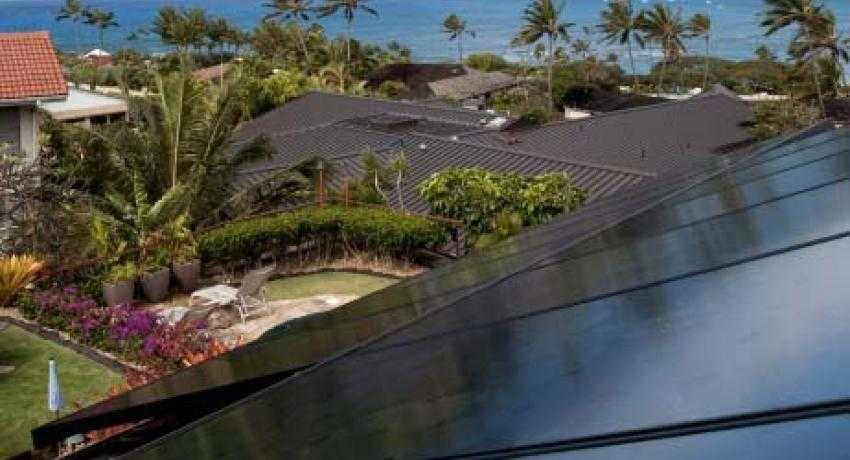Hawaiian Electric Allowing More Distributed Solar
 Hawaiian Electric Company recently announced that it will make it easier and cheaper for many Hawaiians to go solar.
Hawaiian Electric Company recently announced that it will make it easier and cheaper for many Hawaiians to go solar.
The utility company, fearing an overabundance of increasingly popular rooftop solar electric generation, was requiring residents who wanted to install solar in more saturated areas to pay for interconnection studies and circuit upgrades, which could add anywhere between $500 to $15,000 to the cost of a solar installation.
Studies were previously required when a region started to get 75 percent of its low-end daytime electricity demand from distributed solar. Several regions in Hawaii had already met this threshold and the expenses of the studies and upgrades were costing enough to dissuade some residents from going solar.
Hawaiian Electric, which is the parent company of utilities on the islands of Oahu, Maui and the Big Island, said that it’s conducting its own studies now and will no longer require customers who want to install systems smaller than 10-kilowatts on their properties to pay for studies or upgrades until distributed solar generation reaches 100 percent of the low-end day-time electricity demand.
“This new approach will greatly reduce the number of studies needed and reduce costs to customers,” a spokesperson for the company said.
On the island of Oahu, solar adoption has been strong and 56 of the island’s 416 electric circuits already get all of their daytime demand from solar. For that reason, the utility company is requesting that all Oahu customers call before signing a contract or starting construction on solar. The requirement to call is not designed to dissuade consumers for going solar, however.
Calling will give the utility company forewarning of new generation capacity and afford it the opportunity to conduct necessary circuit studies, as well as analyze any system upgrades that may need to be made.
There could still be select instances when consumers will be required to pay for a study or upgrade before installing a PV system, according to the release. But this new system aims to reduce the number of studies and upgrade customers have to pay for out of their own pockets. The company is trying to balance its interests in safety and economics with interest in a growing solar energy portfolio.
Because electric costs are higher in Hawaii than anywhere else and utility companies are working to decrease their dependence on imported oil for power generation, solar is incredibly competitive in the state. It ranks third in the country for solar installed per capita. In fact, the utility companies on Maui and the Bog Island get more than 5 percent of their electricity from distributed solar generation.




